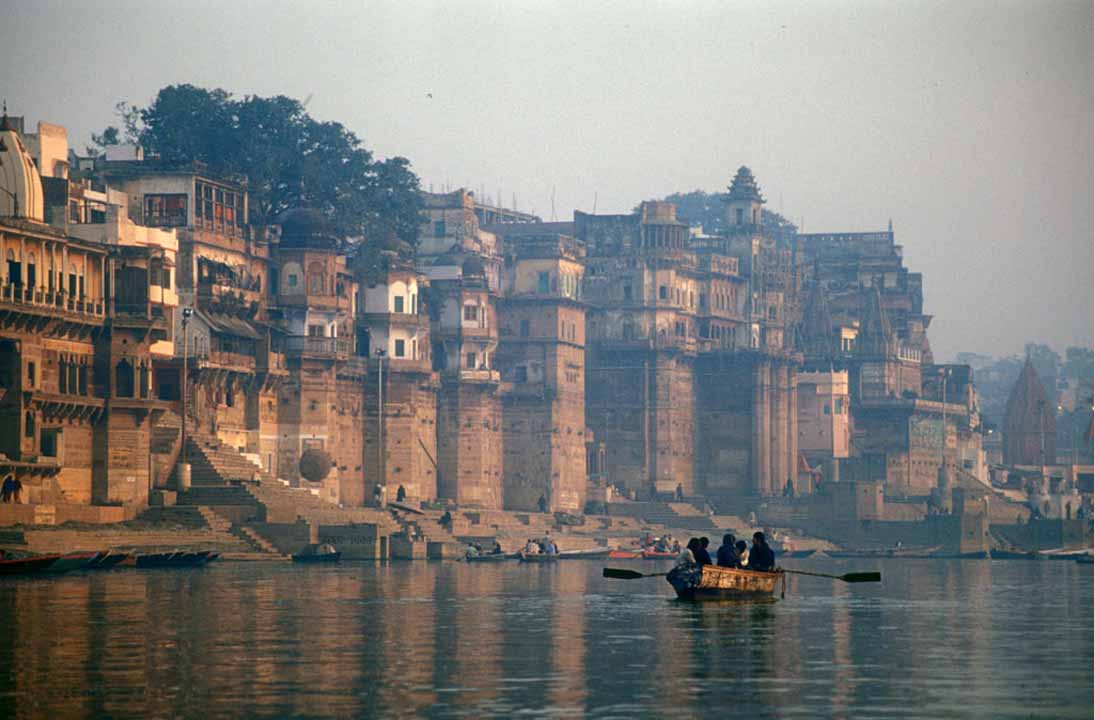The River Ganga, also known as the Ganges, is one of the most sacred and significant rivers in the world. Flowing majestically through the heart of India, the Ganga is not just a river—it is a symbol of faith, culture, history, and livelihood. Revered by millions and vital for the sustenance of countless lives, the Ganga holds a special place in the spiritual and geographical landscape of South Asia. This article explores the origin, cultural significance, environmental concerns, and the future of the Ganga.
Origin and Course of the Ganga
The Ganga originates from the Gangotri Glacier in the Himalayas at a place called Gaumukh in the Indian state of Uttarakhand. From there, the river begins its journey as the Bhagirathi River. It is joined by the Alaknanda River at Devprayag, and from this confluence, it is officially known as the Ganga.
Flowing over 2,525 kilometers (1,569 miles), the Ganga traverses through five Indian states—Uttarakhand, Uttar Pradesh, Bihar, Jharkhand, and West Bengal—before entering Bangladesh, where it is known as the Padma. Eventually, it empties into the Bay of Bengal. Along its course, the Ganga nourishes some of the most fertile and densely populated regions in the world.
Mythology and Spiritual Importance
In Hindu mythology, the Ganga is considered a goddess and a divine river. According to legend, the Ganga descended from the heavens to the earth through the locks of Lord Shiva to cleanse the sins of humanity. This belief has made the Ganga an object of devotion for millions of Hindus.
Taking a dip in the holy waters of the Ganga is believed to purify one’s soul and wash away sins. Cities like Varanasi, Haridwar, Prayagraj (Allahabad), and Rishikesh are considered sacred because of their location on the banks of the Ganga. Every year, millions of pilgrims visit these cities to perform rituals, bathe in the river, and participate in grand festivals such as the Kumbh Mela.
Economic and Agricultural Lifeline
The Ganga Basin is one of the most productive agricultural regions in India. The river provides water for irrigation, enabling the cultivation of crops such as rice, wheat, sugarcane, and vegetables. Over 400 million people depend directly or indirectly on the Ganga for their livelihood.
In addition to agriculture, the river supports fisheries, transportation, and various industries. Cities and towns along the riverbank have thrived due to the accessibility of water and fertile land. The Ganga is also a critical source of drinking water for millions, though this has become a concern due to increasing pollution.
Cultural and Historical Relevance
The Ganga has been a silent witness to India’s rich history and cultural evolution. Ancient civilizations flourished along its banks, including those of the Mauryas and Guptas. Numerous temples, ghats (riverfront steps), and ashrams line the river, making it a cradle of Indian heritage.
Famous literary works, scriptures, and historical records have mentioned the Ganga, glorifying its importance in Indian life. From classical dances to regional songs, the river is a recurring theme in Indian arts and folklore.
Environmental Challenges and Pollution
Despite its revered status, the Ganga is facing severe environmental challenges. Industrial discharge, sewage, religious offerings, and plastic waste have turned parts of the river into polluted waterways. Urban centers along the river dump untreated sewage and waste into the water, endangering aquatic life and human health.
The pollution has also led to the decline of native species, including the endangered Ganges river dolphin. Waterborne diseases have become common among communities living near the river, and the natural ecosystem is under threat.
Efforts to Clean and Preserve the Ganga
Recognizing the critical condition of the river, the Indian government has initiated several projects aimed at cleaning and rejuvenating the Ganga. The most prominent of these is the Namami Gange Programme, launched in 2014. This flagship initiative focuses on pollution abatement, river surface cleaning, afforestation, and public awareness.
Numerous sewage treatment plants have been built, and stricter regulations on industrial waste disposal have been implemented. In addition, awareness campaigns, community participation, and riverfront development projects have gained momentum.
International organizations, local NGOs, and environmental activists are also contributing to the cause through research, conservation efforts, and sustainable practices. However, the scale of the problem demands continuous efforts and long-term commitment.
Climate Change and the Ganga
Climate change poses a new challenge to the Ganga’s future. The melting of the Himalayan glaciers, which feed the river, could drastically alter its flow. Reduced water levels would affect agriculture, biodiversity, and the overall ecological balance.
Furthermore, erratic monsoons and increasing temperatures can lead to floods or droughts, impacting millions of people. Addressing climate resilience and sustainable water management has become essential for preserving the Ganga for future generations.
The Ganga in Art and Literature
The River Ganga has inspired poets, writers, musicians, and filmmakers for centuries. From ancient Vedic hymns to modern Indian cinema, the river has been celebrated as a symbol of purity, strength, and eternal flow.
Rabindranath Tagore, Kalidasa, and Tulsidas are just a few of the many literary figures who have praised the Ganga in their works. Modern films and documentaries also highlight the river’s cultural and environmental significance.
Conclusion
The River Ganga is more than a physical entity—it is the soul of India. It flows through the country’s geography, history, spirituality, and economy, touching every aspect of life. Despite the environmental challenges it faces today, the Ganga continues to inspire hope, faith, and action.
Preserving the sanctity and sustainability of the Ganga is a collective responsibility. Governments, communities, and individuals must work together to ensure that this lifeline of India continues to nurture, bless, and sustain future generations, just as it has done for millennia.
FAQs About the River Ganga
Q1: Where does the River Ganga originate?
A: The Ganga originates from the Gangotri Glacier at Gaumukh in Uttarakhand, India.
Q2: Why is the Ganga considered sacred?
A: In Hindu mythology, the Ganga is believed to be a goddess who descended from heaven to purify humanity’s sins, making it sacred to millions.
Q3: What is the Namami Gange Programme?
A: It is a flagship initiative by the Indian government to clean and rejuvenate the Ganga, launched in 2014.
Q4: What are the main causes of Ganga pollution?
A: Industrial waste, untreated sewage, religious offerings, and plastic waste are major pollutants.
Q5: How long is the River Ganga?
A: The Ganga flows for approximately 2,525 kilometers (1,569 miles).











